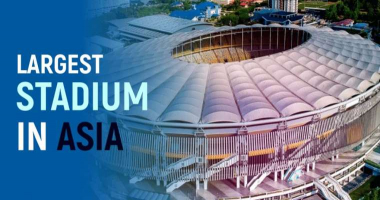Top 10 Largest Harbours in Asia
Asia, the world's largest and most culturally diverse continent, is integral to international shipping growth. So, it's no surprise that this continent ... read more...contains some of the best ports in the world. Eight of the ten largest ports in the world are in Asia. This detailed write-up compiled by Toplist concentrates on the Largest Harbours In Asia.
-
In 2005, the Port of Shanghai handled more than 443 million tonnes of cargo, exceeding that of the Port of Singapore. The rapid development of China's economy plays a vital role in the port's success.
Shanghai has been the largest and busiest port in the world since 2010 when it overtook Singapore. It can handle 744 million tonnes of cargo annually. In 2020, the port's container volume reached 43.5 million TEU, setting a new record. This has helped the port maintain its title as the world's busiest container port.
Location: Shanghai
TEUs: 43.5 million
Owner: International Port Group in Shanghai (SIPG)
Locode: CNSHG
Website: https://en.portshanghai.com.cn/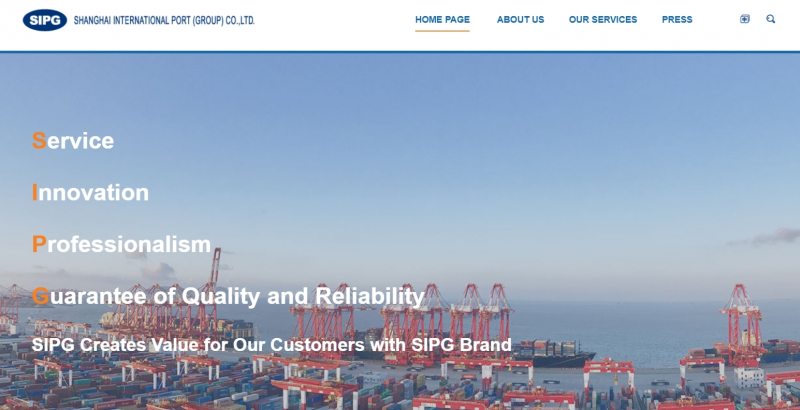
Port of Shanghai Website 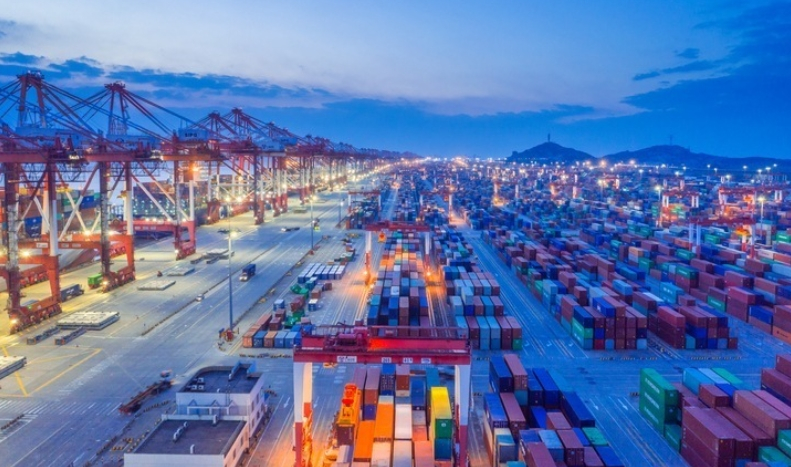
Port of Shanghai -
The Port of Singapore is the second-largest port in the world in terms of size and transportation. In 2019, the port reached 37.2 million TEU. Ships arrive and depart Singapore ports every few minutes.
The Port of Singapore is connected to more than 600 ports in 100 countries and handles around 20% of all the world’s cargo containers and has approximately 200 sea routes. Currently, about 1000 ships can dock in this port alone.
Location: Singapore
TEUs: 37.1 million
Owner: The Maritime and Port Authority of Singapore (MPA)
Locode: SGSIN
Website: https://www.singaporepsa.com/
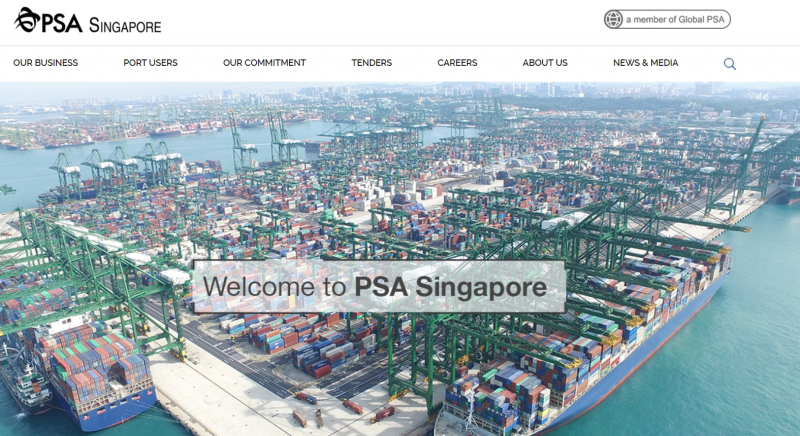
Port of Singapore Website 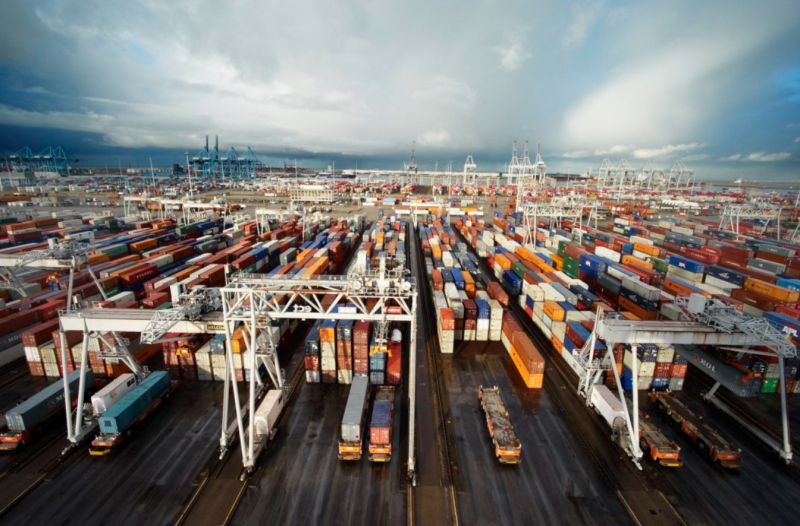
Port of Singapore -
Formed as a collaboration between the ports of Ningbo and Zhoushan, this freight hub can handle 460 million tonnes of cargo annually. Port of Ningbo-Zhoushan, China, has 309 berths.
It is connected to over 560 ports in 90 countries and is on China’s busiest coastal shipping route. Its principal port areas are Ningbo Harbor, Zhoushan, Zhenhai, Beilun, Daxie, and Chaunshan. It primarily handles imports or manufactured goods and raw materials from the Americas and Oceania 309 berths.
Location: Hangzhou Bay facing Jiaxing and Shanghai in Zhejiang Province, Eastern China
TEUs: 28.72m
Owner: Ningbo Zhoushan Port Co Ltd.
Locode: CNNGB
Website: http://www.nbport.com.cn/gfww/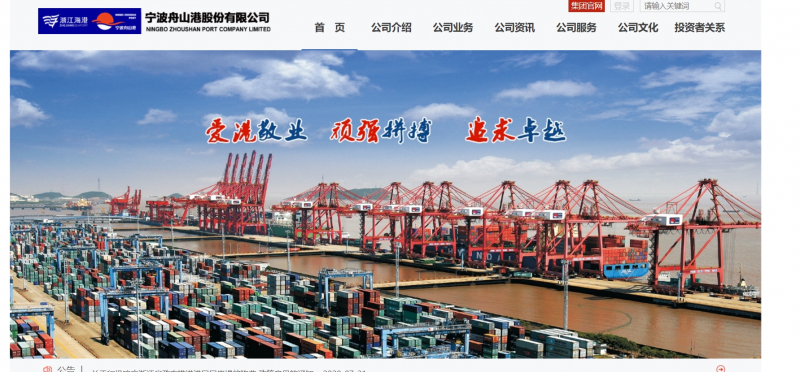
Port of Ningbo-Zhoushan, China Website 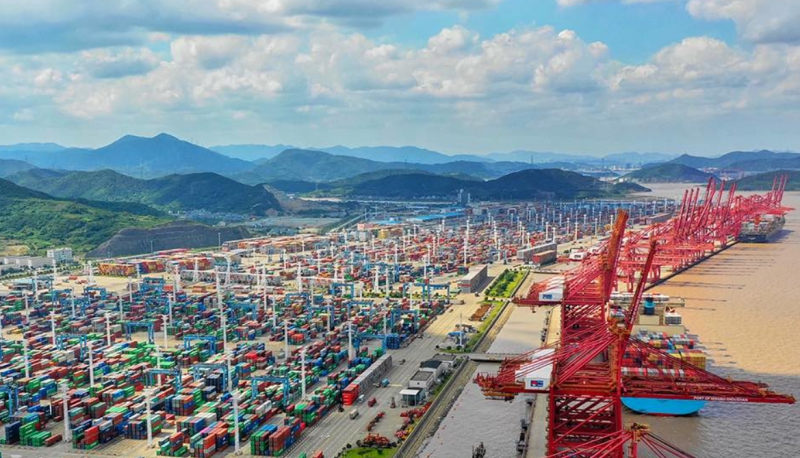
Port of Ningbo-Zhoushan, China -
The Port of Shenzhen is one of the biggest ports in China. The development of opportunities and technological developments in this port are some of the best in the world.
Port Of Shenzhen, China is the name of several ports along the coastline combined. Holding the headquarters of around 40 shipping companies, the port has allowed 130 international container lines to develop. The port is connected to about 300 ports in several countries.
Location: On the delta of the Pearl River in Guangdong Province, Southern China
TEUs: 26.55m
Owner: Shenzhen Government
Locode: CNSZP
Website: https://www.ufsoo.com/port/cn-shenzhen-ports.html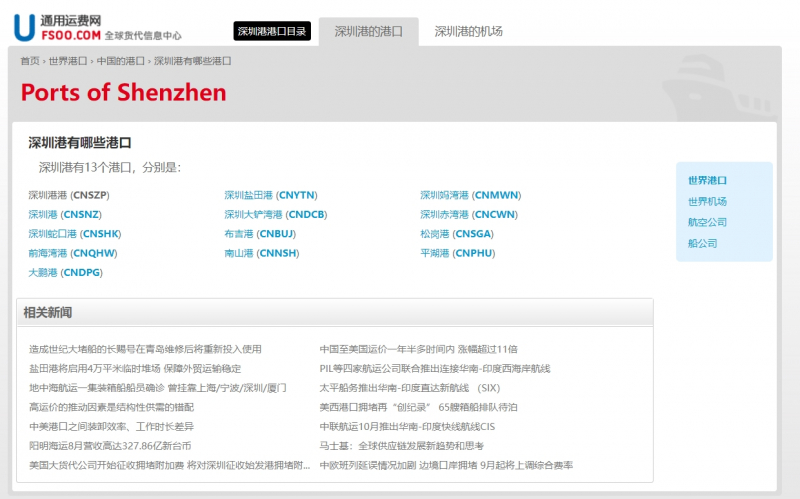
Port Of Shenzhen, China Website 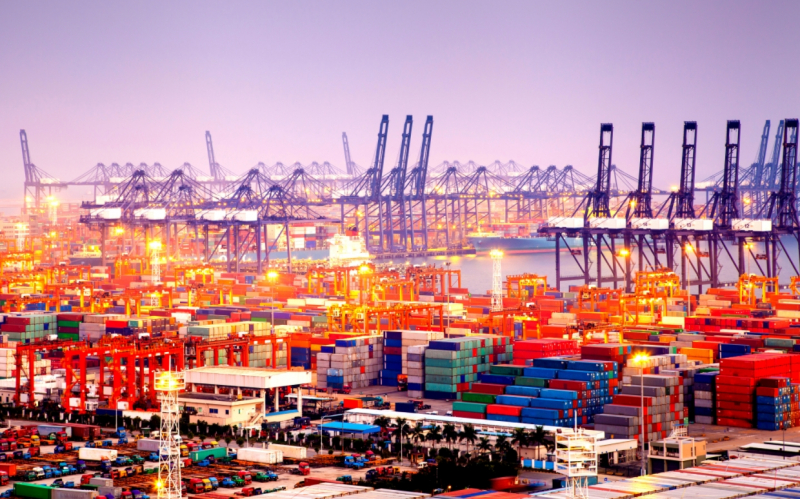
Port Of Shenzhen, China -
Guangzhou is the largest port in Southern China. It’s connected to over 300 ports in over 80 countries and has an annual cargo-handling capacity of 460 million tonnes.
Location: On the intersection of the Beijiang, Xijiang, and Dongjiang rivers
TEUs: 23.19
Owner: Guangzhou Port Group Co Ltd
Locode: CNGZG
Website:https://www.gzport.com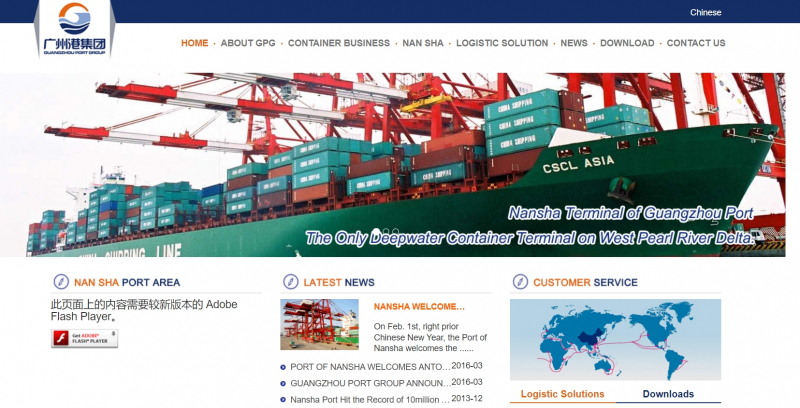
Port of Guangzhou, China Website 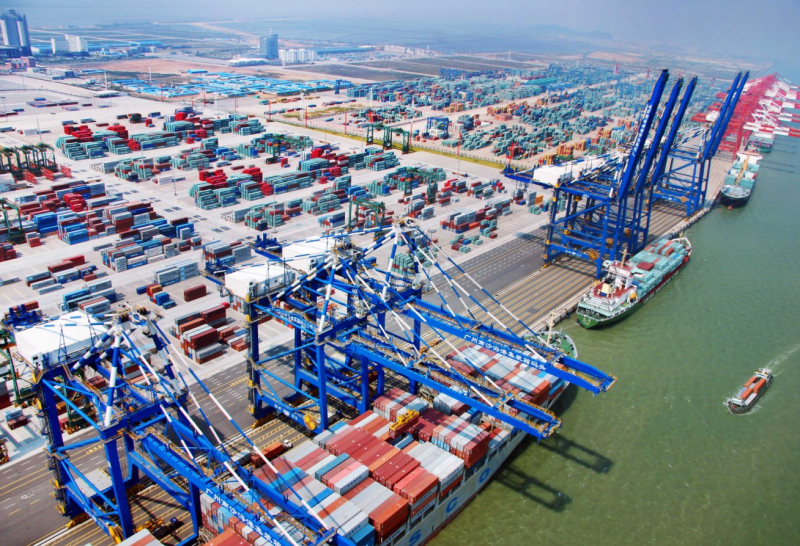
Port of Guangzhou, China -
Busan is a primary international gateway between the Pacific Ocean and Eurasian countries and the largest port in South Korea. As Korea's main port, it manages 81% of container cargo.
The Port of Busan has the space to process 91 million tonnes of cargo. This port is also the fifth busiest one in the world. The traffic was expected to be around 23.5 million TEU in 2020.
Location: At the mouth of the Naktong River, 325 kilometers southeast of Seoul
TEUs: 21.9 million
Owner: The Busan Port Authority (BPA)
Locode: KRPUS
Website: https://www.busanpa.com/eng/Main.do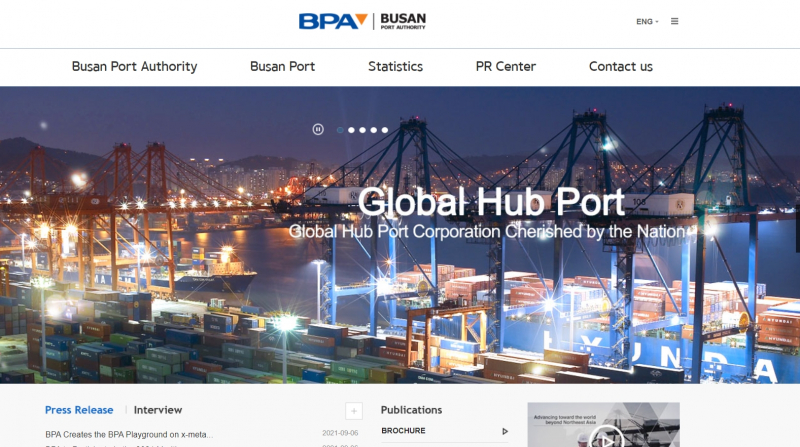
Port of Busan, South Korea Website 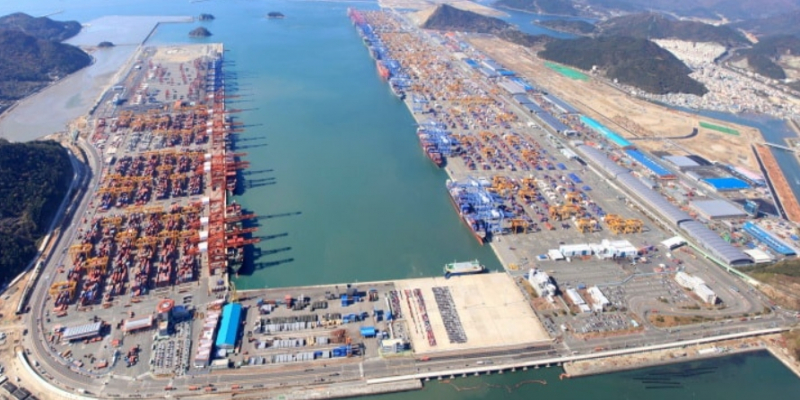
Port of Busan, South Korea -
Qingdao is located on the Twenty-First Century Maritime Silk Road and serves Shandong Province in China.
Location: Between the Bohai Rim and the Yangtze River Delta on the Yellow Sea, 664 kilometers southeast of Beijing
TEUs: 22.00m
Owner: Qingdao City Port Group
Locode: CNQDG
Website: https://www.qingdao-port.com/portal/en
Port of Qingdao, China Website 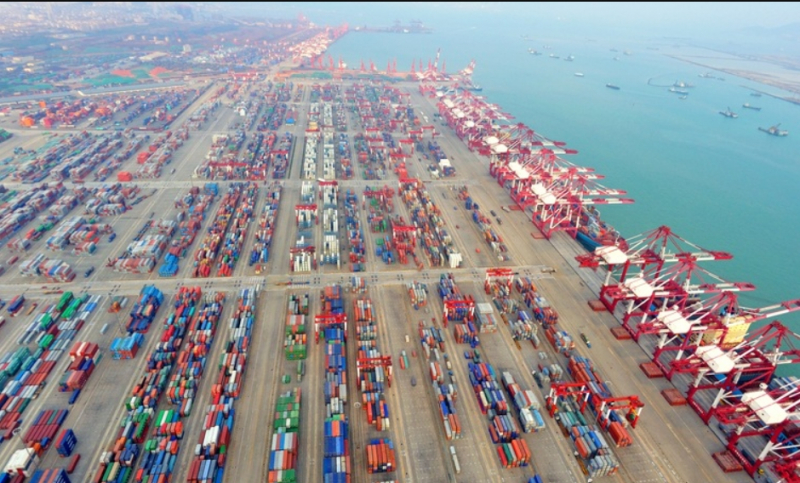
Port of Qingdao, China -
Previously the world’s busiest port before the Singapore Port stole the title, the Port of Hong Kong is still one of the world’s most successful facilities.
Despite the heavy competition with Shanghai, this port has grown significantly, housing containers worth 19.8 million TEUs in 2016. The port is one of the busiest and most productive ports in the world. The Port of Hong Kong offers natural shelter and deep waters, making it ideal for handling all shipping vessels.
Location: On the Kowloon Peninsula, on the coastline of the South China Sea
TEUs: 18.3 million
Owner: Hutchison Port Holdings
Locode: HKHKG
Website: https://www.mardep.gov.hk/hk/home.html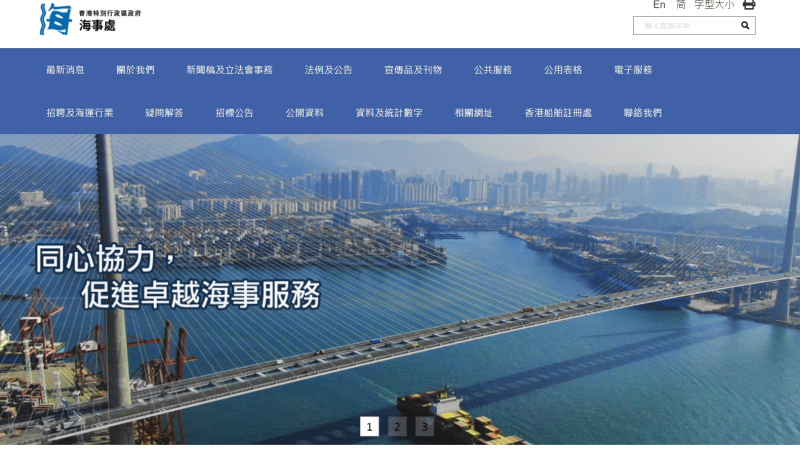
Port of Hong Kong Website 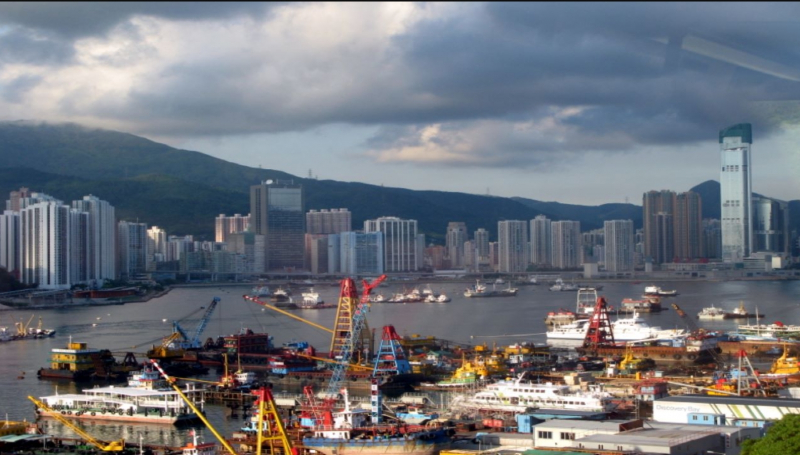
Port of Hong Kong -
Tianjin is the biggest port in Northern China and is the nation’s largest man-made seaport, occupying a 131-square-kilometer site.
Location: 160 kilometers from Beijing in the Haihe River Estuary, west of Bohai Bay
TEUs: 17.2 million
Owner: Tianjin Port Group
Locode: CNTNG
Website: http://www.tianjinportdev.com/html/index.php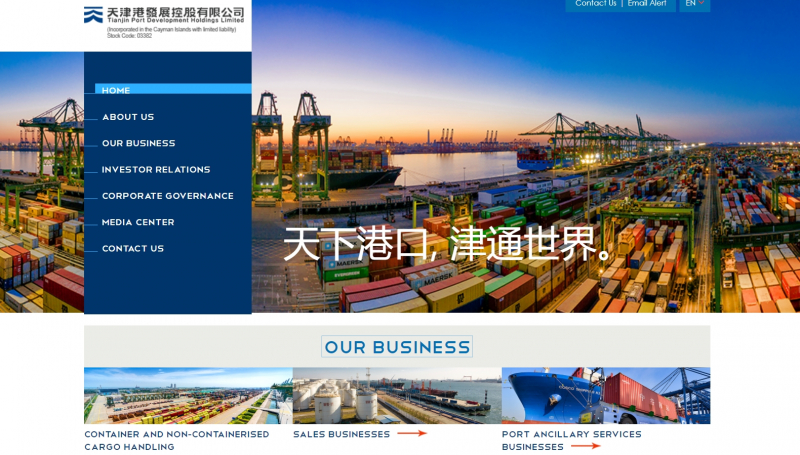
Port of Tianjin, China Website 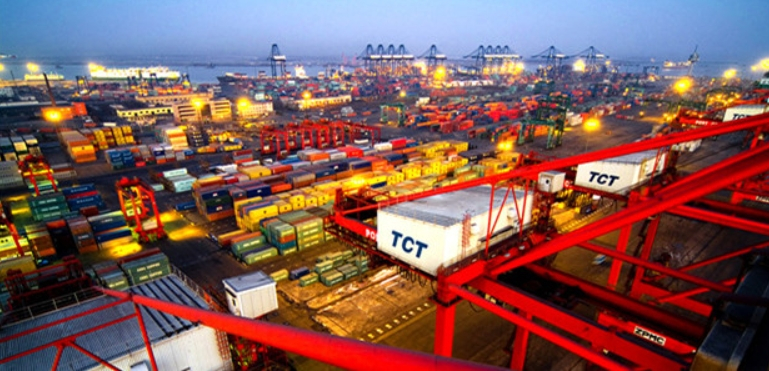
Port of Tianjin, China -
Being Malaysia’s main ocean hub, Port Kelang is also ranked 14th in the world. A railway serving Kuala Lumpur is also connected to this port, benefitting the trade. In 2018, Port Kelang’s traffic reached 12.3 million TEU.
Port Kelang is also the second biggest port in South-East Asia.
Location: Malaysia
TEUs: 13.24m
Owner: Northport (Malaysia) Bhd
Locode: MYPKG
Website: https://www.pka.gov.my/index.php/en/
Port Klang, Malaysia Website 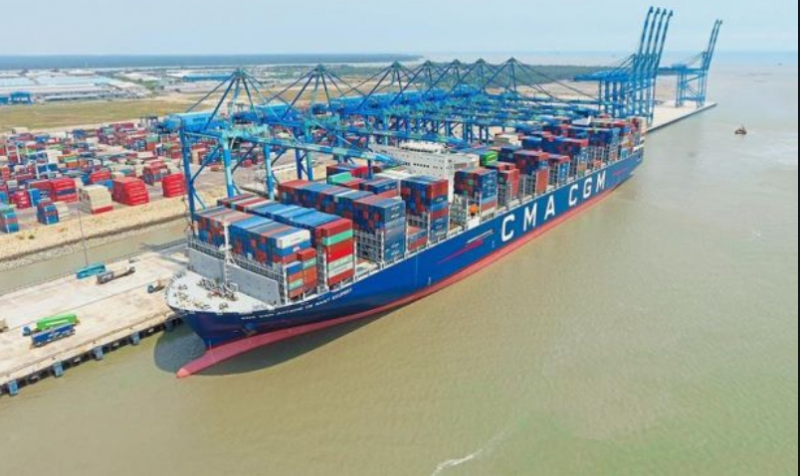
Port Klang, Malaysia



























